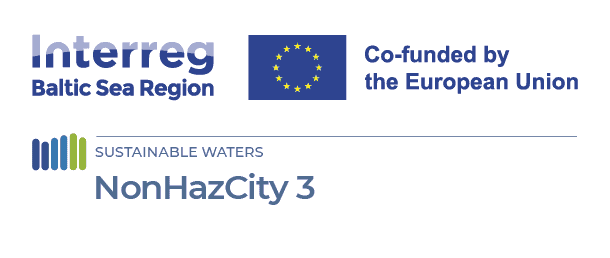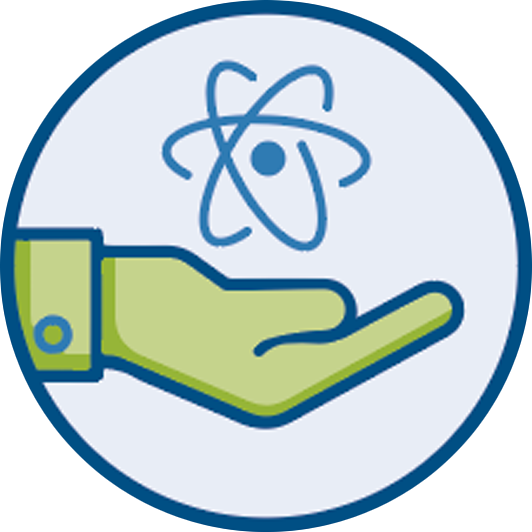
Safer buildings with new building material instructions
09 January 2025
City of Helsinki owns more than 2 000 buildings. The number includes buildings used for housing, education, nursing, and other public services. Total size of the buildings is approximately 2 000 000 square meters.
City of Helsinki wants to improve the buildings’ healthiness even more in the future. One step towards healthier buildings and safer environment is to update the current instructions for architects, engineers, and contractors so that hazardous substances in construction materials are considered sufficiently.
The revised instructions cover both the construction of new buildings and renovation of old ones. As an example, requirement of M1 classified products is suggested to cover also fixed furniture, not only surface materials. The M1 classification focuses on emissions from construction materials and furniture to indoor air. The limit values have been set for example to VOC (volatile organic compounds), formaldehyde, ammonia, and CMR compounds (compounds that has carcinogenic, mutagenic or reprotoxic properties). M1 classification also includes acceptability of odor. The use of M1 classification as a requirement is voluntary, but City of Helsinki has used it since early 21st century.
As part of the revision work, a market survey was conducted targeting architects, designers, and contractors. The results show that general awareness of SVHC chemicals (substances of very high concern) and the requirements for their use is weak among architects, designers, and contractors. SVHCs are harmful substances (mainly CMRs) that are used in construction chemicals and in the manufacture of various construction materials. SVHCs can be used, but there are various obligations associated with their use. There is also a risk that the use of SVHCs becomes subject to permission (regulated by legislation) or is completely prohibited. In construction SVHCs are often used in insulation materials, sealants, adhesives, paints, fire retardants, as plasticizers in PVC products and wood-plastic composites. An individual customer may have limited influence on general awareness, but additional training across the entire construction industry would be necessary.
The new instructions will help ensure that future buildings in Helsinki are safer for both residents and the environment. By prioritizing products and substances and enhancing industry knowledge, Helsinki is taking an important step toward a more sustainable future.

Interactive map showing pilot locations. Use the arrow keys to move the map view and the zoom controls to zoom in or out. Press the Tab key to navigate between markers. Press Enter or click a marker to view pilot project details.





